The Museum Island in Berlin-Mitte is one of the places to go in Berlin for every art and culture lover. Several museums with permanent and temporary exhibitions attract – I was attracted by the Pergamon Museum.
As a teenager I was with the school and the history course (and that was an exciting visit from West to East Berlin) in the Pergamon Museum. After that, another visit always fell victim to “Berlin, we can do later, we live here”. All the more I was looking forward to the visit to the museum.

Good that I had looked up online before where the entrance to the museum is (if you want to go to the Pergamonmuseum, you have to choose the upper entrance to the James-Simon-Galerie). Due to the redesign measures on the Museum Island as part of the “Master Plan Museum Island”, the Pergamon Museum has been undergoing museum renovations in sections since 2013. As a result, areas are always closed, but this in no way makes a visit less attractive. There is so much to see that the visit of a reduced exhibition takes its time and you leave the building with an insane amount of impressions.

Brief historical development
The first Pergamon Museum in Berlin was inaugurated by Kaiser Wilhelm II in 1901. Unfortunately, the building did not stand for very long; it had to be torn down as early as 1908. The exhibits shown there were initially displayed in the Hall of Columns of the New Museum.
Construction work on the new museum building began in 1910, but had to be postponed further and further due to the First World War, the November Revolution and inflation. It was not until 1930 that construction of the new three-wing complex was completed. The windowless central building is located at the end of a forecourt. The side wings, widened towards the front, adjoin the central building. The sides facing the Spree (show side) are characterized by a row of half-columns.
During the Second World War, the Pergamon Museum took heavy hits during air raids. Fortunately, many exhibits were stored in safe places and most of the monumental pieces were walled in. Thus, the damage was less than feared.
The Red Army removed many exhibits after the end of the war in 1945 and took them to Moscow and Leningrad. In 1957 and 1958 they returned much of the stock.
In 1954, after extensive restoration work, the first hall of the Department of Antiquities, the Miletus Hall, reopened. Gradually, other areas of the museums followed. The Pergamon Altar could be rebuilt. The Pergamon Museum housed the Collection of Antiquities, the Museum of the Ancient Near East, the Museum of Islamic Art, the East Asian Department, which had been newly founded in the GDR, and the Museum of German Folklore. The East Asian Department and the Museum of German Folklore moved to Dahlem in the early 1990s.
What can you see in the Perganmon Museum?
The Pergamon Museum contains collections of three museums: the Collection of Classical Antiquities, the Museum of Islamic Art and the Museum of the Ancient Near East.
I was in the Pergamon Museum at the beginning of 2021, so still in the middle of the renovation phase. During this time, sections of the exhibition building are always closed off and renovated. During my visit, the area of the Museum of Antiquities with the Pergamon Altar was not open. This was of course a pity, but is of course a good reason to visit the museum again at a later time. A little tip: A visit to the temporary exhibition building “Pergamonmuseum. The Panorama” is a great addition to the visit of the Pergamon Museum and shows a completely different insight into the topic of Pergamon and the Pergamon Altar.
Museum of the Ancient Near East in the Pergamon Museum
The Museum of the Ancient Near East displays exhibits from archaeological excavations by German scientists. The monumental monuments, reliefs and also smaller cult, jewelry and utilitarian objects have been excavated in the area of Sumerian, Babylonian and Assyrian advanced civilizations.
In the middle of the 19th century the first exhibits came to Berlin, which then moved there with the opening of the new building of the Pergamon Museum. At first, visitors could see the Processional Way and the Ishtar Gate, which are still among the main attractions of the museum.
Look into the past
But before I get to the Ishtar Gate, my path takes me through a museum area that presents impressive exhibits.

I particularly like a relief plate that shows an ostrich or emu and a deer. I find the illustrations very detailed, but wonder about the depiction of the bird. I would have rather expected the image of a bird of prey or humans.

As, for example, on the exhibit that depicts a royal scribe with folding tablet in front of the prince. The image dates from around 730 BC. I am amazed at the craftsmanship on display here. What an attention to detail and, I think, beauty of form in the illustration. Really beautiful!

I am also enthusiastic about the large animal figures, which were made from huge stone blocks. The bird of prey, which dates back to about the 10th/9th century BC, has a rather thick belly, but the head is really elaborate with the curved beak and the protruding eyes. Why the eyes protrude like that is not entirely clear to me. Perhaps to symbolize the sharp gaze? In any case, the artist must have thought of something.
I also really like the large gate lions that once guarded the entrance to a citadel.

But not only real animals created the artists in the past. I also discover two huge human-headed mixed creatures in the exhibition at the Pergamon Museum. They once guarded the entrance to the palace room. If you look a little closer at the left figure in the photo, you will notice that the figure has 5 legs. This is not a deformity or a characteristic of the mixed creature. The artist depicted 5 legs on purpose. If you stand frontally in front of the long side of the figure, you see anatomically correct 4 legs and even if you stand on the narrow side, only 2 front legs are visible. A lateral view was apparently not intended.

But it is not only the figurative representations that impress me. I find the pin mosaic from the temple complex Eanna (Uruk) beautiful. Here the builders in the 2nd half of the 4th millennium BC have provided the clay plastered walls of the temple with pins, which they have laid to geometric patterns.

Ishtar Gate and the Processional Way of Babylon
As I enter the next section of the exhibition, I stop in awe. I find myself on the Processional Way of Babylon, which takes me to the Ishtar Gate. My first thought – beautiful!!!!!

During the reign of Nebuchadnezzar II (605-562 BC) in Babylon, this impressive structure was built. The Processional Way was the northern entrance to the city and led through the Ishtar Gate through the city center to the Euphrates Bridge. In front of the gate is said to have been about 250 meters of the road. Nearly 8 meters of the reconstructed street frescoes are displayed in the Pergamon Museum.
After the first glazed brick fragments were discovered in 1851-54, an excavation began in 1899. During this excavation, more remains of colorfully glazed brick fragments were found, which showed reliefs of bulls and snake-like animals. It was possible to uncover the remains of the gate.
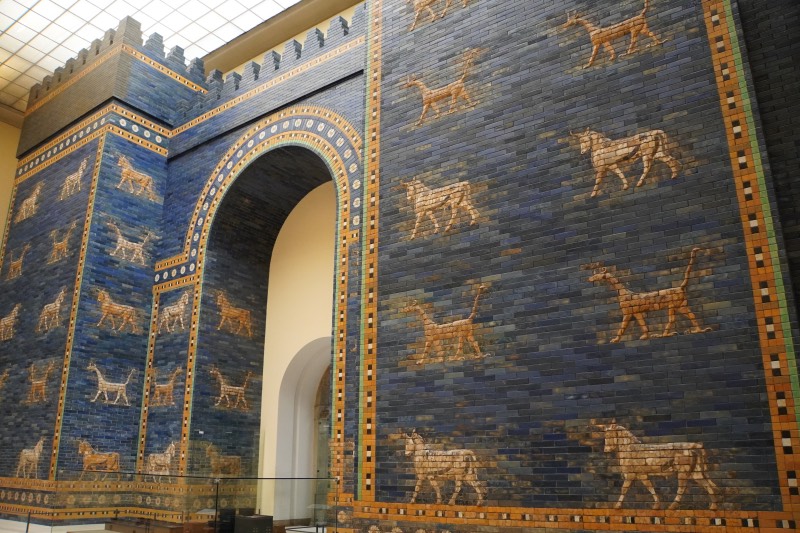
The Berlin museums were able to convince the Ottoman antiquities administration in Constantinople that the finds should be brought to Berlin for “proper treatment and composition”. Initially, 399 boxes traveled to the city, followed later by another 400 boxes. Thousands of fragments began to be sorted and assembled. In 1930 it was finally done and a part of the processional road and the gate could be shown to the public.

Although a really large hall in the museum was chosen to present the gate, the reconstructed form is nevertheless shown in a reduced size. The actual dimensions of the gate were simply too large.

Looking at the impressive processional way and the great gate, one notices lions, bulls and the mythical creature Mušḫuššu. These are impressively carved out and represent the symbols for the main deities of Babylonia. The production of the fired bricks was certainly a masterpiece at that time and certainly caused some problems in the reconstruction at the beginning. I like them very much and in addition the wonderful rich blue color of the surrounding ceramics, just beautiful.
Market Gate of Miletus
If you go through the Ishtar Gate, you will stand in a large and very impressive space where the Market Gate of Miletus was built. The market gate is a Roman gate building from the 2nd century AD and comes from the city of Miletus.
In 1903, components of the gate were found during excavations in Miletus. The Turkish authorities approved the transfer to Berlin and so the construction could be reconstructed using the original parts in the Pergamon Museum.
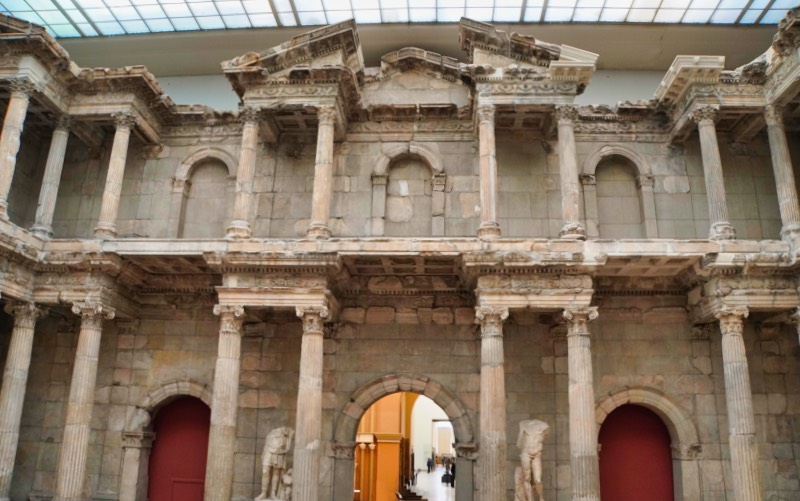
The gate is a magnificent facade construction with three passages. In addition to Greek elements, the building also combines Roman elements and elements of the Hellenistic building tradition. It belonged to an ensemble of representative buildings in Miletus.
It is believed that it was built for a visit of the Emperor Hadrian to Miletus in 129. It was probably not until the 7th century that the gate became part of the city’s fortifications. In the Middle Ages the gate was destroyed.

While I stand in the room and look at the exhibit, I notice more and more the “little things” that make the building so remarkable. Be it the artistic work on the columns, small ornaments or a sculpture – everything seems harmonious and coherent. I would have loved to take a little trip back in time here and observe the colorful hustle and bustle around the gate.
The Museum of Islamic Art in the Pergamon Museum
The Museum of Islamic Art is located on the second floor of the Pergamon Museum. Immediately after entering the rooms, I discovered a reference to an app that is supposed to accompany the visit in this part of the exhibition medially. So I downloaded it to try it out directly on site. But more about that later.
The museum exhibits works of Islamic art from the 7th-19th centuries. Many of the exhibits come from the territories of today’s Iran, the Near East and Egypt. The foundation stone of the museum was the donation of the Mshatta façade to Kaiser Wilhelm II by the Ottoman Sultan Abdülhamid II. In 1932 the museum opened in the newly built Pergamon Museum. Today it is located on the upper floor of the south wing.

Right at the beginning I enter a room with a really impressive facade made of stone.
Mschatta facade
From the Jordanian desert residence of Mshatta comes the stone facade, dating from the middle of the 8th century. The palace of Mshatta was located about 30 kilometers south of Amman and was probably built in 743-744. After the assassination of the ruling caliph, an unfinished building remained, which was destroyed a little later by an earthquake.

Remains were discovered in 1840 and a large part was transferred to the Kaiser Friedrich Museum in 1903. In 1932 the southern facade was built in the Pergamon Museum. It is 33 meters long, about 5 meters high and characterized by gate towers. I find the facade impressive. Although it has no design features in terms of color, it looks structured only because of the stone carvings and I find it interesting and varied.
Selected exhibits
During my tour through the rooms of the Museum of Islamic Art in the Pergamon Museum, I discover many exhibits that impressed me in one way or another. Be it because I had not seen something like this before or because it simply looked beautiful and impressive to me.

I had not yet seen, for example, the wallpaper made of stucco that hung in the houses and palaces of Samarra. I can’t imagine at all how long a stonemason must have worked on the decoration of a room. I wonder if people at that time also renovated their houses more often if you didn’t like the wallpaper anymore? Or did people live with the decision once made, because it would have been too expensive and too labor-intensive to renew something…

Camels were very important for the implementation of trade. Without them, the transportation of goods would have been even more difficult. In an underground area of a caliph’s palace, the remains of a frieze with camels have been discovered. According to today’s knowledge, this is a very unusual wall decoration, but I like it very much.


I was impressed by the different prayer niches that can be seen in the museum. They differ in the use of the most diverse materials and are artistically crafted.
Islamic art carpets
Carpets are a focal point of the permanent exhibition at the Museum of Islamic Art. Today, the carpet is considered an important testimony to the cultural exchange between Europe and the Near and Middle East.

There are brightly colored carpets to see, but also carpets that have been irrevocably damaged by World War II.
App TAMAM
As already mentioned, an additional service offered by the Museum of Islamic Art is an app that can be downloaded to your Android or Apple phone using a QR code.
After installing the app and allowing camera access, I set about testing how it worked. I didn’t feel like reading the instructions in detail and hoped that everything would be self-explanatory.
With the phone in my hand and the app open, I set off. In the process, the camera had to capture the objects in the room. Some contain hidden markers that are detected by the camera. Once these were detected, the app displayed different animations to match the object. For example, on a carpet, the app explained to me the pattern woven there. In addition, you can call up information about the exhibit.


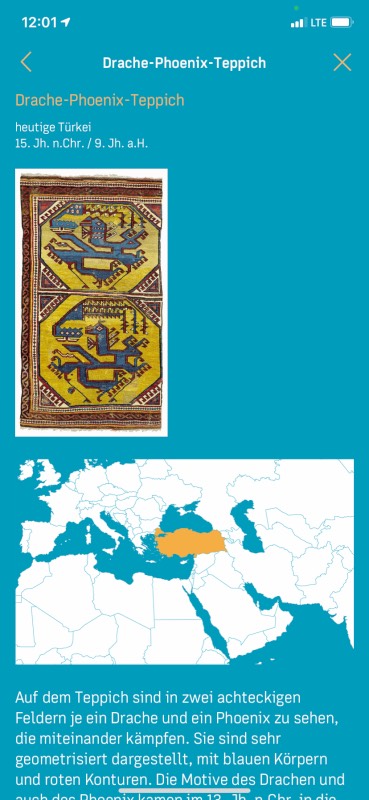

I had my fun while using it. However, other museum visitors observed me and reacted with incomprehension. It seems that many people have not yet realized that the use of additional media can make a visit to a museum even more interesting and varied. Perhaps we should advertise these offers even more and expand them further. I could imagine that this could inspire “museum muffle” for a visit, it excited me and I always use these offers very gladly.
Pergamon Museum visitor entrance:
James-Simon-Galerie
Bodestraße
10178 Berlin
Opening hours
The Pergamon Museum on Berlin’s Museum Island will be completely closed to visitors for renovation work from October 2023 until probably 2027.
Admission fees:
Adults: 12,-€
The current prices can be found on the website of the National Museums in Berlin.
Book your ticket with GetYourGuide
The ideal way to buy tickets to the Pergamon Museum easily and without standing in line!
The museum visit and the publication of the photos took place in cooperation with the National Museums in Berlin.


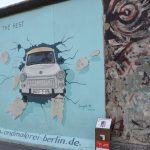





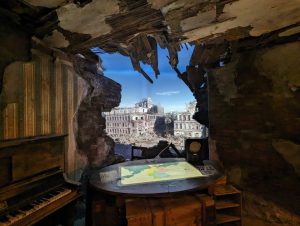






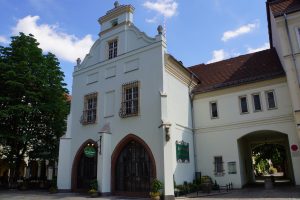

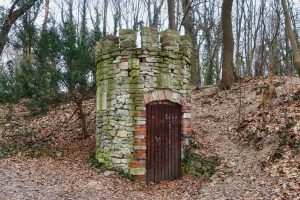

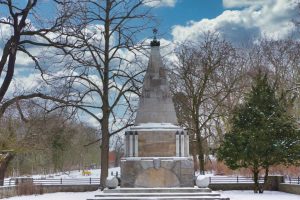










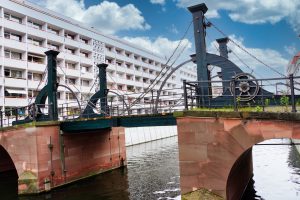



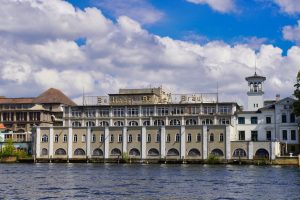









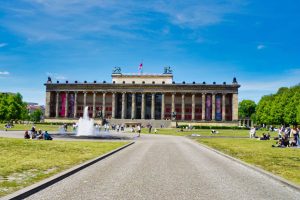





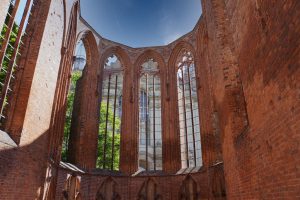



















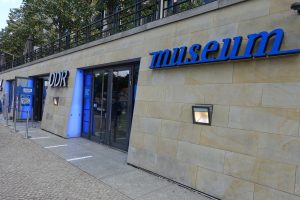





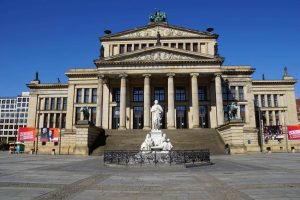







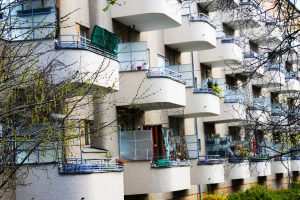










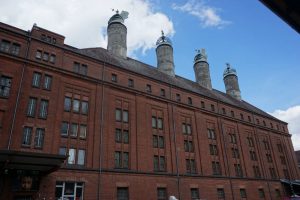





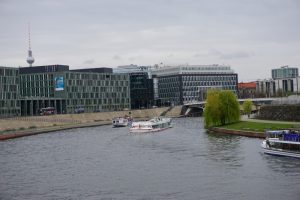
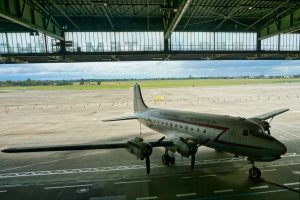








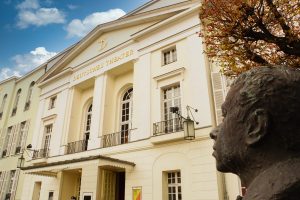


















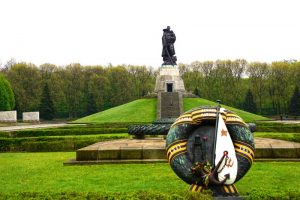














Leave a Reply